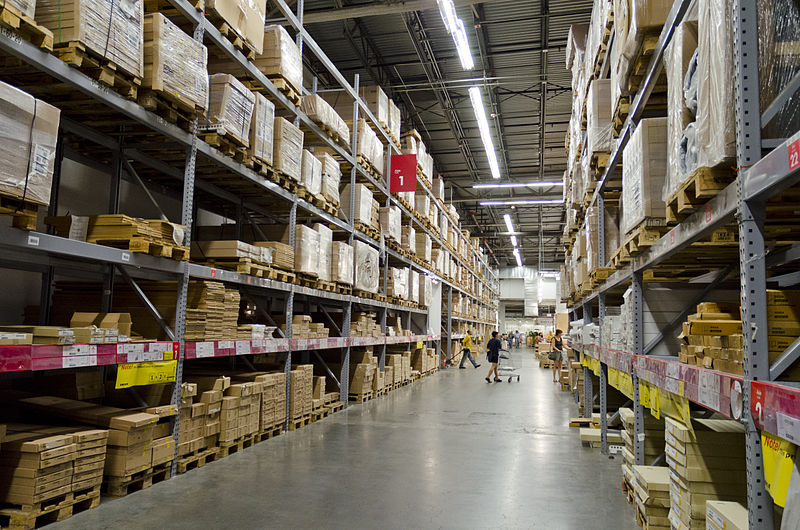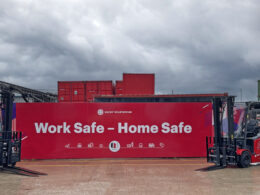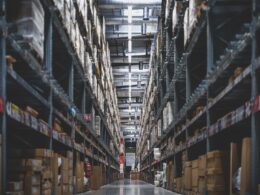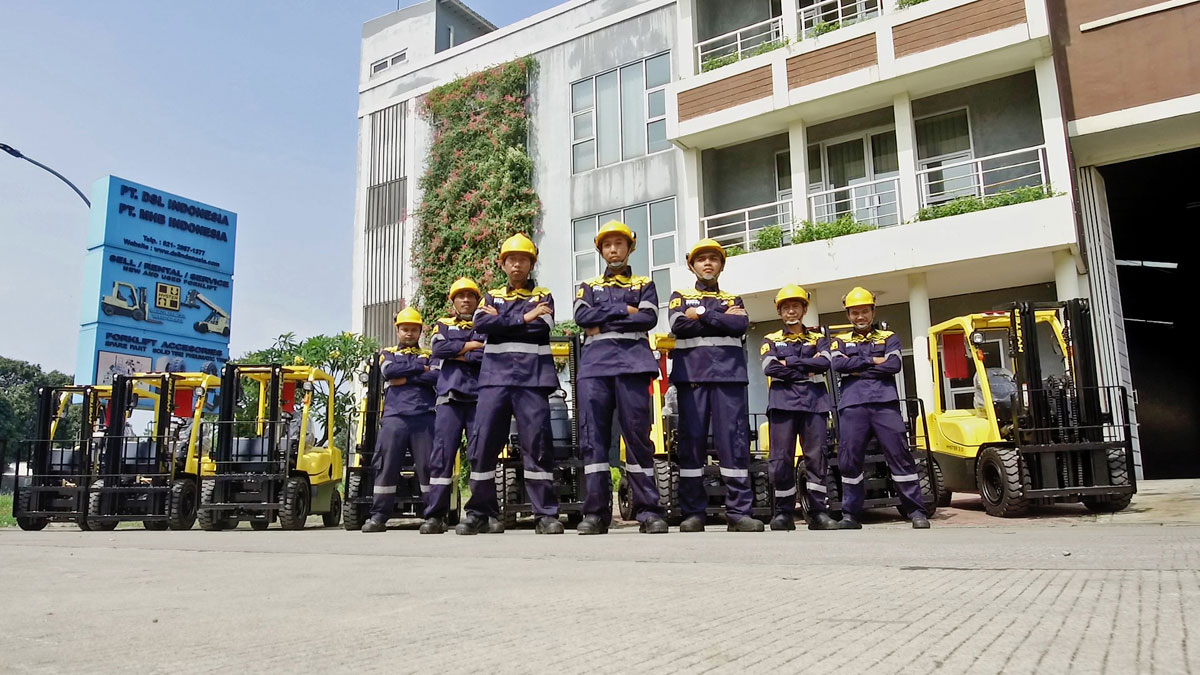Sculptor Jeff Smith recently advertised the world’s smallest house on holiday lettings site Airbnb for £39 a night. The wheeled trailer only fits one person and can fit inside a regular van. While this limited space may not be for claustrophobes, it does offer porthole windows, a sink and a stove top, showing that even the most restricted spaces can have potential. Here, Hugh Freer, sales director of electric tug specialist MasterMover, looks at how factories can make the best use of limited space.
Many factories struggle with limited space, which affects their potential maximum output. Less space means less room to produce components on production lines and less room to manoeuvre the finished components. Fork lifts, for example, require aisles that are three metres wide. This means that the number of production lines in factories is limited by the space needed to move components between them.
To maximise profit and productivity, companies should maximise the space available to them in their factory. Rather than wasting large areas in the factory with poor design, companies should carefully consider the layout of their production lines to ensure a smooth passageway for components as they move around the factory.
Poor layouts can lead to excess waste. For example, the process of machining metal in the metalworking industry produces a large amount of waste, known as swarf, which is collected in large bins. The waste can weigh up to one tonne so, to remove the bins, the aisles between the production lines need to be extremely wide to negotiate a fork lift truck.
These wide aisles reduce the amount of machining production lines that can be setup in a factory. The metal components themselves are often high value, meaning that companies must allow for careful movement around the factory.
By using electric tugs, companies can half the space that they need to move materials around the factory. The pedestrian operated tugs can safely move objects up to 30,000kg around the factory, without the necessary space required for forklift trucks. The only space required is the space the component being moved takes up, as the electric tugs themselves are very small.
Limited space in factories also presents concerns about the manoeuvrability of objects and the potential for accidents. Fork lift trucks pose the risk of crush injuries and foot injuries as visibility can be limited and excess speed can make it hard for a truck to stop. It is often difficult to manoeuvre large objects around sharp turns in factories with limited space.
MasterMover’s electric tugs can pivot a load up to 180 degrees, making it easier to move even heavy objects in tight spaces. This increases the range of manoeuvrability and increases the space that can be used in a factory, while reducing the potential of damage to any high value objects.
Any handling equipment used in such a tight environment must have safety guards in place to prevent any accidents. Factories should have clear divisions in place between the pedestrian areas and areas where vehicles are used. MasterMover’s electric tugs also have additional safety guards in place to protect employees from the loads being moved.
As well as an effective braking system, an anti-crush button on the top of the tug activates when it presses into any object. This protects the tug’s operator from being crushed between the load and another object, unlike forklifts, which rely on the driver seeing the hazard ahead. Safety features like these are effective in busy, small factories where there are commonly many people and objects hurrying around.
Having a small factory doesn’t have to be a disadvantage to production if the space is effectively used. Just like Smith’s popular holiday home, the space must be designed and optimised, with the employees using the right equipment to get the best of the space available and to maintain safety for all of its employees.













